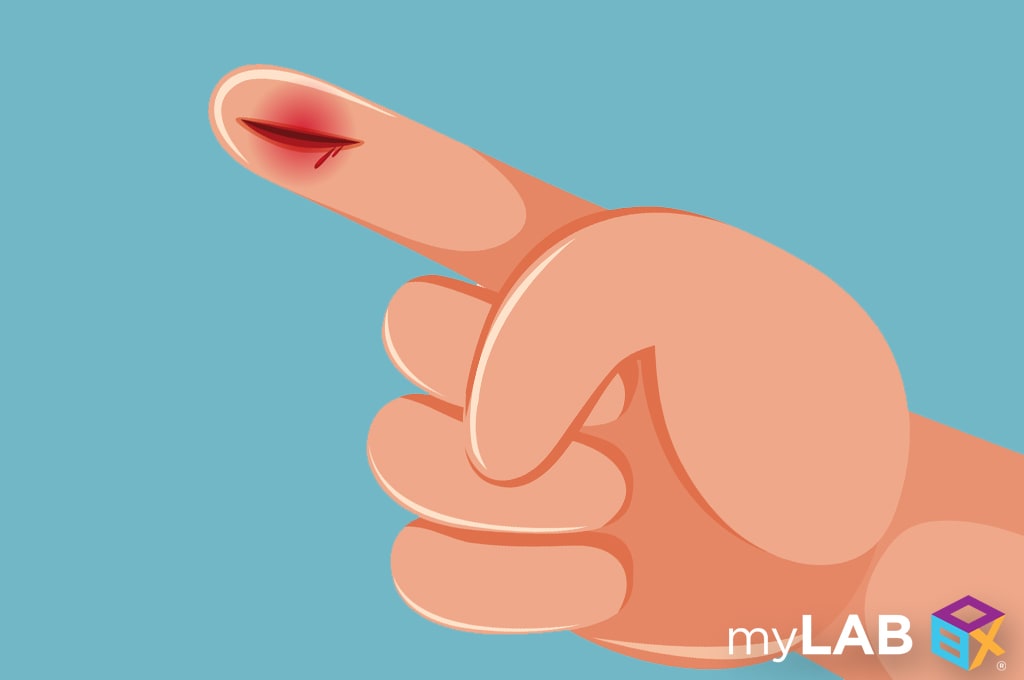Can You Get An STD From Having A Cut?

Can you get an STD from having a cut? Short answer is yes.
Chain of infection
Have you ever heard of the chain of infection? The chain of infection is a series of events that need to occur for a person to become infected. In order to avoid infection, you must create a break in this chain.
· First, there needs to be an infectious agent such as a bacteria, disease or virus which would include an STD. An infectious agent could be present in bodily fluids or on contaminated surfaces. Some of these bacteria and viruses can live outside the body for minutes up to weeks. Hepatitis B can live on surfaces for up to 7 days after exposure.
· Second, there needs to be a reservoir. This is where the pathogen may live and survive. This could mean people or surfaces.
· Third, there needs to be a portal of exit. This is how the infectious material leaves the host or exits the body. This could involve contact with the genital region, saliva from your mouth, or an open wound even one on your finger.
· Forth, there needs to be a mode of transmission. This could be from direct contact with the virus or bacteria. If you have a cut, lesion or if the infectious agent comes in to contact with your mucus membranes this is a mode of transmission. Meaning if you pick something up that is contaminated with HIV or Hepatitis and you have a cut on your hand you can become infected with the virus.
· Fifth, there must be a susceptible host. People that are immune compromised or that are being treated in a medical environment are more susceptible to infection through contact with an infected object.
Breaking the Chain
In order to break the chain of infection you must remove one of the 5 series of events listed above. The best way to do this is to keep all surfaces clean and wash your hands. When this is not possible use necessary barriers to help prevent you from becoming infected.
Know Your Partner
Know who you’re coming in intimate contact with. STDs are spread throughout other avenues rather than just intercourse. If you have a cut and the cut encounters the mucus cavity of an infected person then the transmission of disease is possible.
Prevent
There is prevention for a couple of STDs through the form of vaccination. Hep B and HPV have vaccinations that have been shown to greatly reduce the spread of these 2 STDs. The statistics for the transmission of these STDs has dropped significantly since their introduction in 1986 (Hep B) and 2006 (HPV).
While some of the STDs are more apt to be spread through sexual contact rather than surface contact with an area of broken skin it is still possible. Make sure you are keeping areas of broken skin covered to prevent infection.
Get Tested
Up to 75% of people living with HEP C do not know they are even infected. Through simple testing that can be done in the privacy of your home you can find out if you have been infected with the virus. Protect yourself and your sexual health by getting tested.
Popular Tests

Total Box
14 Panel STD Test
In Stock – Free Shipping
$369 – $399
